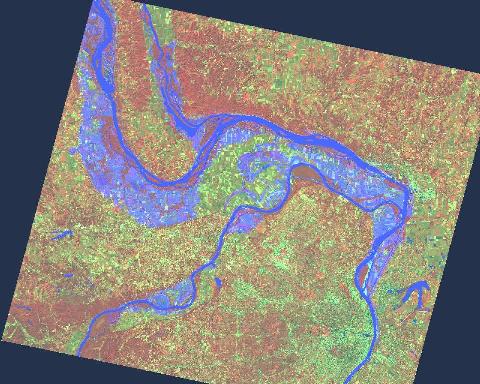
Priest-chief in feathered cape and headdress.
|
It is likely that part of the chief's responsibility was to redistribute
resources from areas with an abundance to areas in need. The effectiveness of
such economic redistribution, however, would depend on the scale and location
of the shortfalls. Localized flooding along upland fed streams that destroyed
crops and villages, for example, could be offset by the chief's ability to draw
on his and other's food stores. Similarly, a local leader or headman whose
village was beset by illness could be temporarily supported by the paramount
chief at Cahokia.
It is important to realize that any assistance provided by the chief reinforced
his stature and worth. Public assistance was a measure of his largess and
wealth. At the same time his help created indebtedness. Commoners gaining
assistance in troubled times would be expected to repay the debt with tribute
and honor to the chief. Thus, localized disasters may have actually improved
the chief's position.
|

